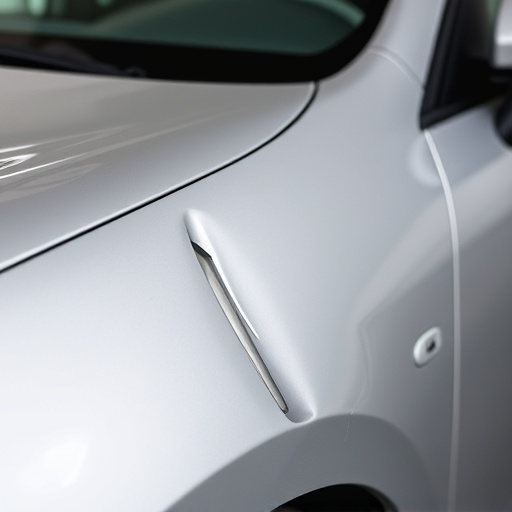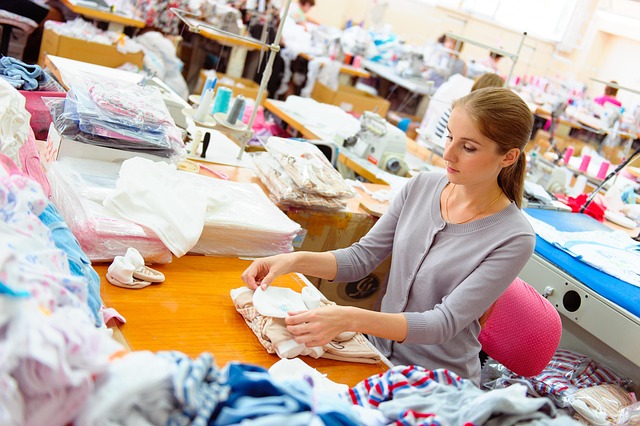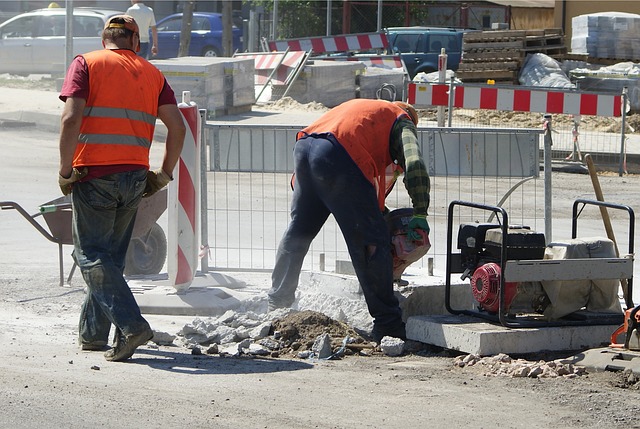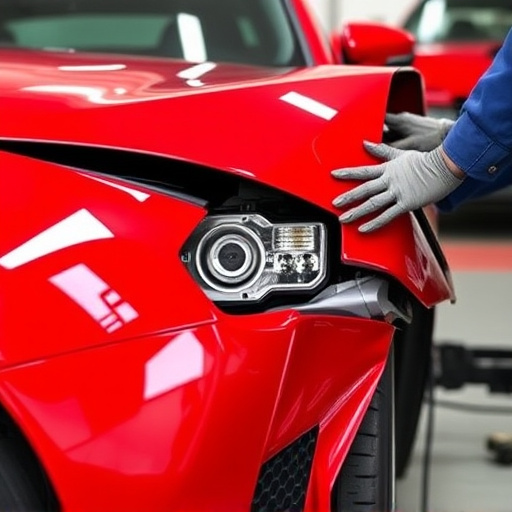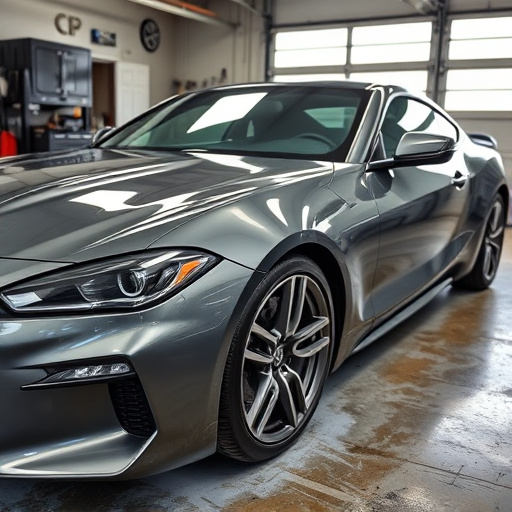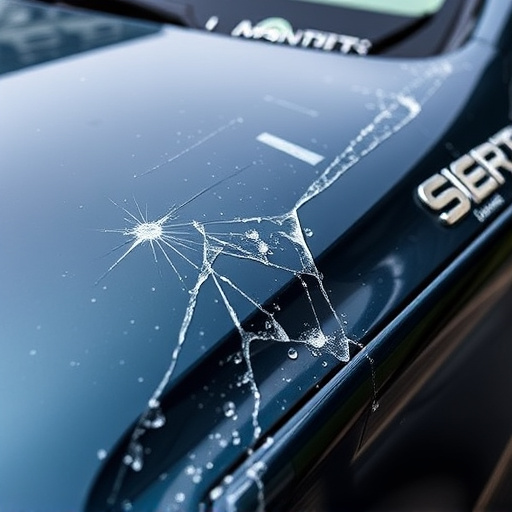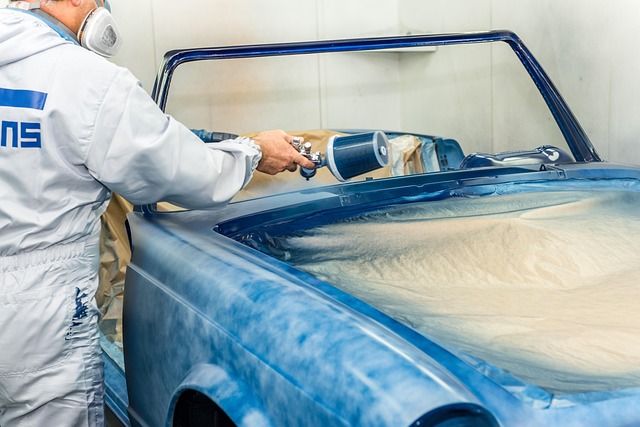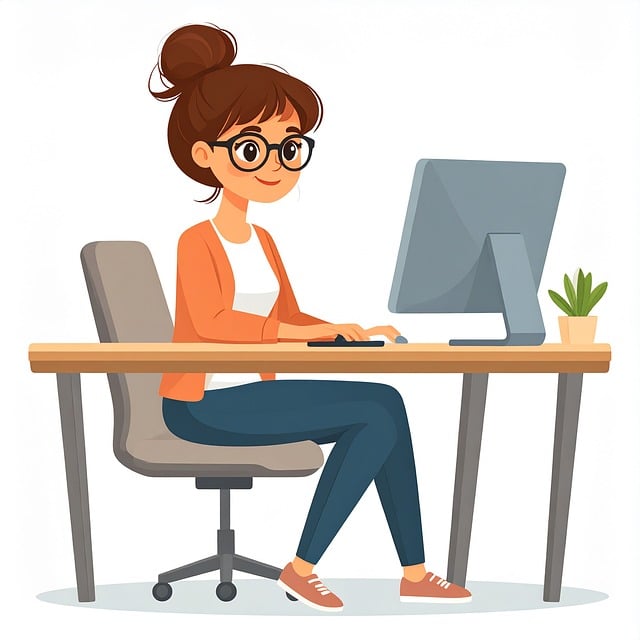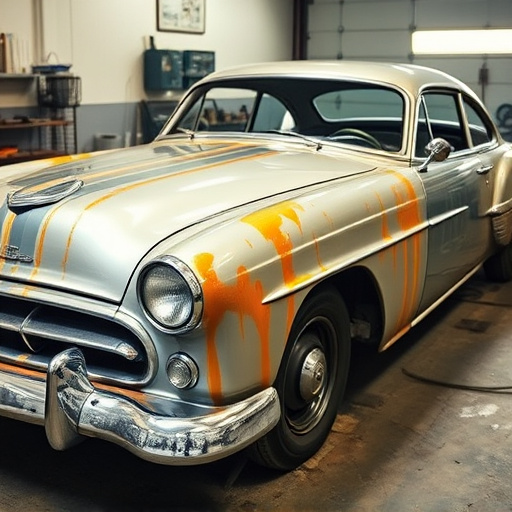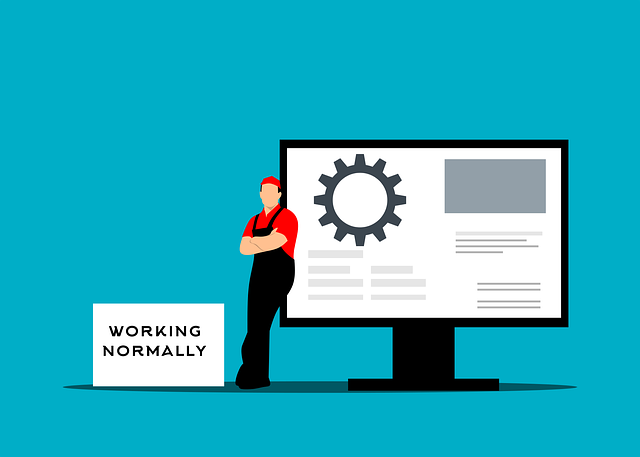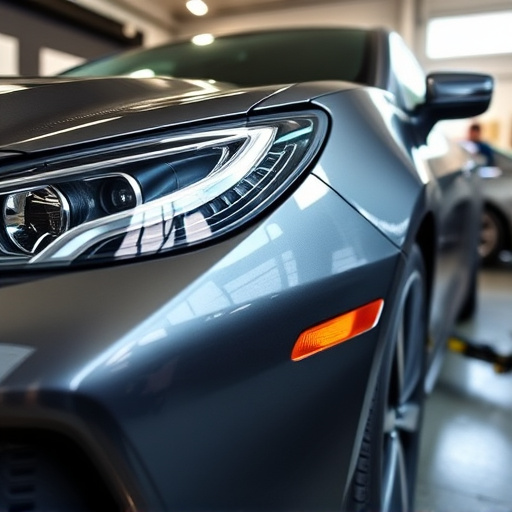Original paint matching is vital in vehicle restoration and repair, ensuring aesthetic appeal and preserving resale value. Discrepancies in color, texture, or finish can lead to visible imperfections under different lighting conditions. This process involves meticulous analysis of existing paint composition and skilled craftsmanship to replicate it seamlessly. Ignoring original paint matching can result in long-term surface damage, compromising structural protection and resale value. Best practices include using high-quality paint samples, comparing them against damaged areas, investing in advanced equipment like spectrophotometers, and meticulously preparing surfaces for seamless blending.
In the realm of automotive restoration, ignoring the nuances of original paint matching can lead to more than just aesthetic concerns. Paint that doesn’t accurately replicate the vehicle’s initial shade not only detracts from the overall look but also raises red flags regarding safety and resale value. This article delves into the significance of original paint matching, exploring the potential pitfalls of overlooking this critical aspect and providing best practices for achieving precise results. By understanding these factors, folks can ensure their restored vehicles pay homage to their original tapestry.
- The Importance of Original Paint Matching: Why It Matters
- Consequences of Ignoring Original Paint Matching: What Can Go Wrong
- Best Practices for Achieving Accurate Original Paint Matching
The Importance of Original Paint Matching: Why It Matters
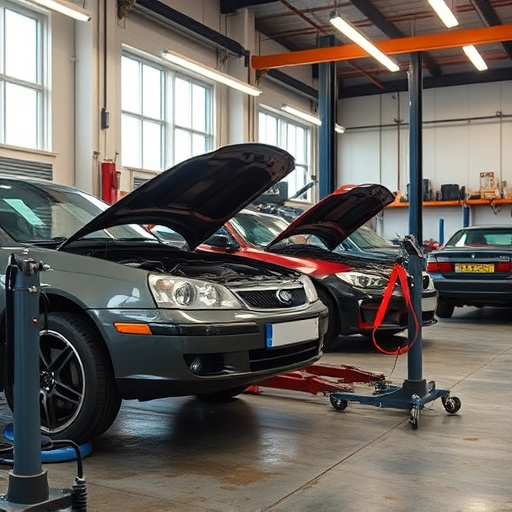
When restoring or repairing a vehicle, achieving accurate original paint matching is paramount. It’s more than just aesthetics; it ensures the vehicle retains its genuine look and value. Ignoring this crucial aspect can lead to noticeable discrepancies in color, texture, and finish, making the repaired area stand out like a sore thumb. This can be particularly evident when looking at the car from various angles or under different lighting conditions.
Original paint matching is vital for vehicle body shops offering top-tier repair services. It involves carefully analyzing the existing paint, understanding its composition and characteristics, then precisely replicating it to blend seamlessly with the rest of the vehicle’s body. This meticulous process, combined with skilled craftsmanship, results in a flawless finish that not only looks original but also enhances the overall appeal and resale value of the vehicle, ensuring customer satisfaction and peace of mind for those relying on tire services or vehicle repair expertise.
Consequences of Ignoring Original Paint Matching: What Can Go Wrong
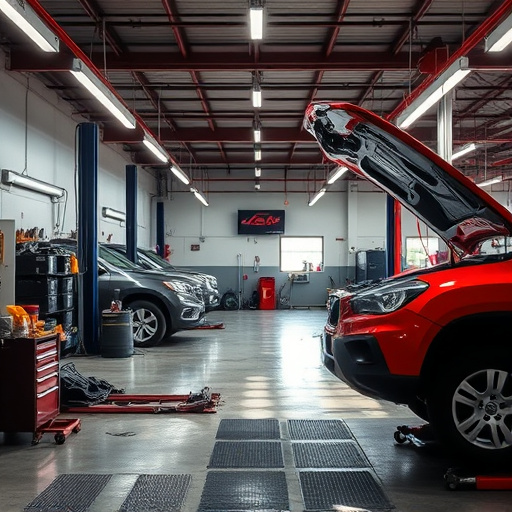
When it comes to auto body repairs or restoration projects, ignoring the original paint matching can lead to a range of issues that extend far beyond mere aesthetics. In an automotive repair or vehicle body shop, where precision and quality are paramount, deviating from the original paint formula is a recipe for disaster. The consequences can be seen in the form of noticeable color discrepancies, uneven finishes, and even long-term damage to the vehicle’s surface.
Each coat of paint contains unique ingredients that contribute to its final appearance, durability, and adhesion. Matching the original paint ensures these qualities are preserved, maintaining the integrity of the vehicle’s body. Conversely, using a different paint formula can result in flaking, chipping, or peeling over time, compromising the structural protection and resale value of the car. For auto body services that prioritize customer satisfaction and long-lasting results, adhering to the original paint matching is not just a best practice—it’s an essential step towards achieving flawless repairs.
Best Practices for Achieving Accurate Original Paint Matching
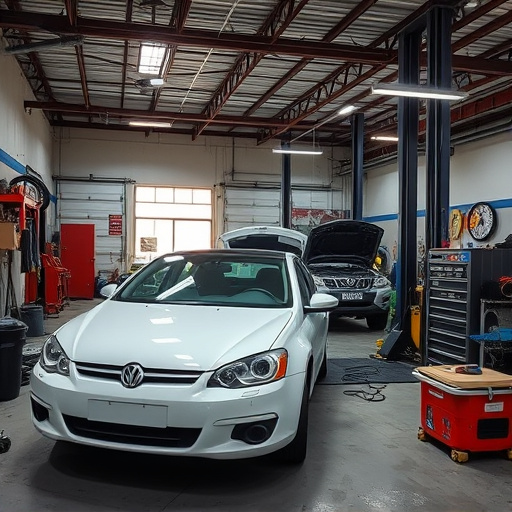
Achieving accurate original paint matching during vehicle repair or collision repair is a meticulous art. It requires a deep understanding of color theory and the latest technologies. The best practices involve using high-quality paint samples that closely match the vehicle’s original shade, obtained from the manufacturer or reputable suppliers. These samples should then be compared against the damaged area for an exact match.
Professional collision repair shops invest in advanced equipment like spectrophotometers, which measure light absorption and reflection to ensure precise color matching. Proper preparation of the surface, including cleaning and sanding, is also crucial. This ensures that the new paint adheres well and blends seamlessly with the existing finish, creating a flawless and long-lasting repair. Using these best practices, vehicle paint repair can restore not just the aesthetics but also the original value of the vehicle.
When ignoring original paint matching, unforeseen issues can arise, from visual disparities to structural damage. Accurately matching paint is crucial for both aesthetic integrity and long-term protection of a surface. By understanding the importance and implementing best practices, professionals can ensure seamless repairs that preserve the character and value of any project. Prioritizing original paint matching delivers superior results and guarantees customer satisfaction.
